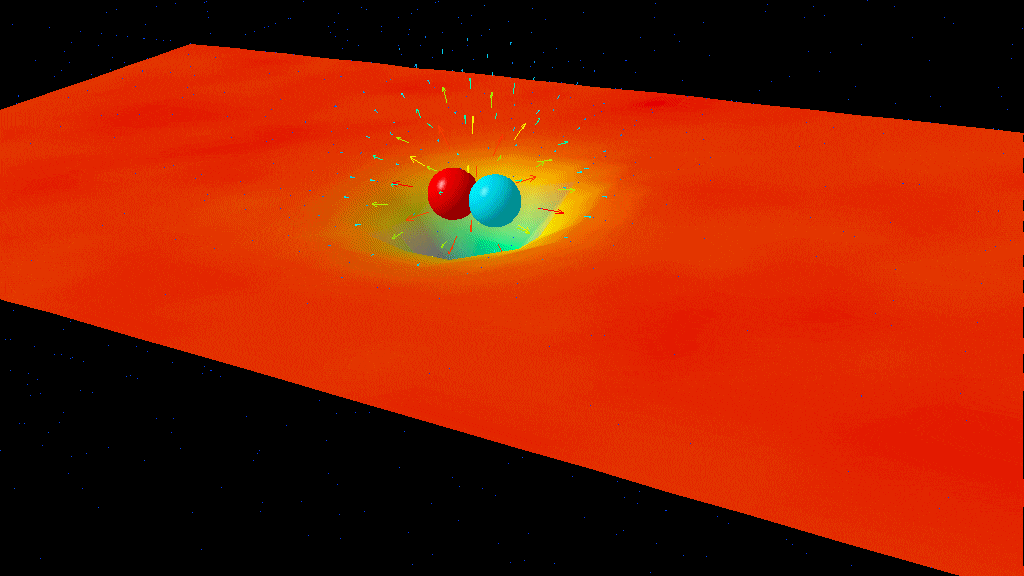Chiu, on the contemporary art scene in China.
Topic: The Nexus of Chinese Industry and Art
Melissa Chiu: Well I think in terms of China being the . . . one of the world’s center of manufacturing. I think that that has impacted on the ways that artists are able to produce work. In fact, I know of many artists from New York who have decided to go to China to have their works manufactured. I think that this . . . that kind of factory structure, the ease with which you can have high end, custom-made things created. I think that the cost is also another factor; that artists can create things in China that they could never dream of producing here in factories in the United States. I think that that’s one of the major ways that you’ve seen the industry in China impact upon the art scene. And of course this has had a flow-on effect to ways that artists also can ______ studios; that there are artists in China that have enormous studios that would take your breath away. There is one artist in fact, his name is ________, and he established a studio outside of Shanghai – about a 40 minutes’ drive from Shanghai – in an old textile factory. And he now has three complexes around that area and employs up to 100 people just constantly creating new works. So you might go to his studio one day, and you might go a week later and there might be a completely different body of work to explore. So I think that that has had a kind of flow-on influence as well. I think there are two artists that I would identify. Both of them are, in some ways, from the younger generation. The first would be _______ who is a young woman who lives in Beijing. And I think that her project for the Venice ______ involving second life is really a great introduction, I think, for us in terms of ways that art and technology can work together. And certainly the avatar that she created – in her own likeness of course – but I think also ways in which she has in other works – such as her photographs where she has shown people actually in the factories in China – has been one of the few occasions we have seen artists engage with China’s factories. You know that’s one of the funny things about Chinese contemporary art; that although you have this whole, huge country devoted to manufacturing, in many cases it’s something that you haven’t seen appearing in Chinese artists’ work. And the other artist I would mention is _________, who primarily works in video. And he, I think, creates these quite extraordinary films that have . . . that speak in two ways or two sides. There are two sides to them. On the one . . . on the one hand they are very much about the nostalgia of Shanghai as a wonderful place in the early 20th Century where it was very much a cosmopolitan century. It was often referred to as a Paris of the east. And he’s able to conjure up that kind of sensibility in his black and white films. And on the other hand it speaks very much to Shanghai’s emergence as a major financial center in the region. And he, in some of his video works/films, really shows that emergence of this young, urban, middle class – or yuppies if you like. So both of these artists show in different ways the kind of changes that are going on in China, but in very unique ways.
Recorded on: 7/11/07





